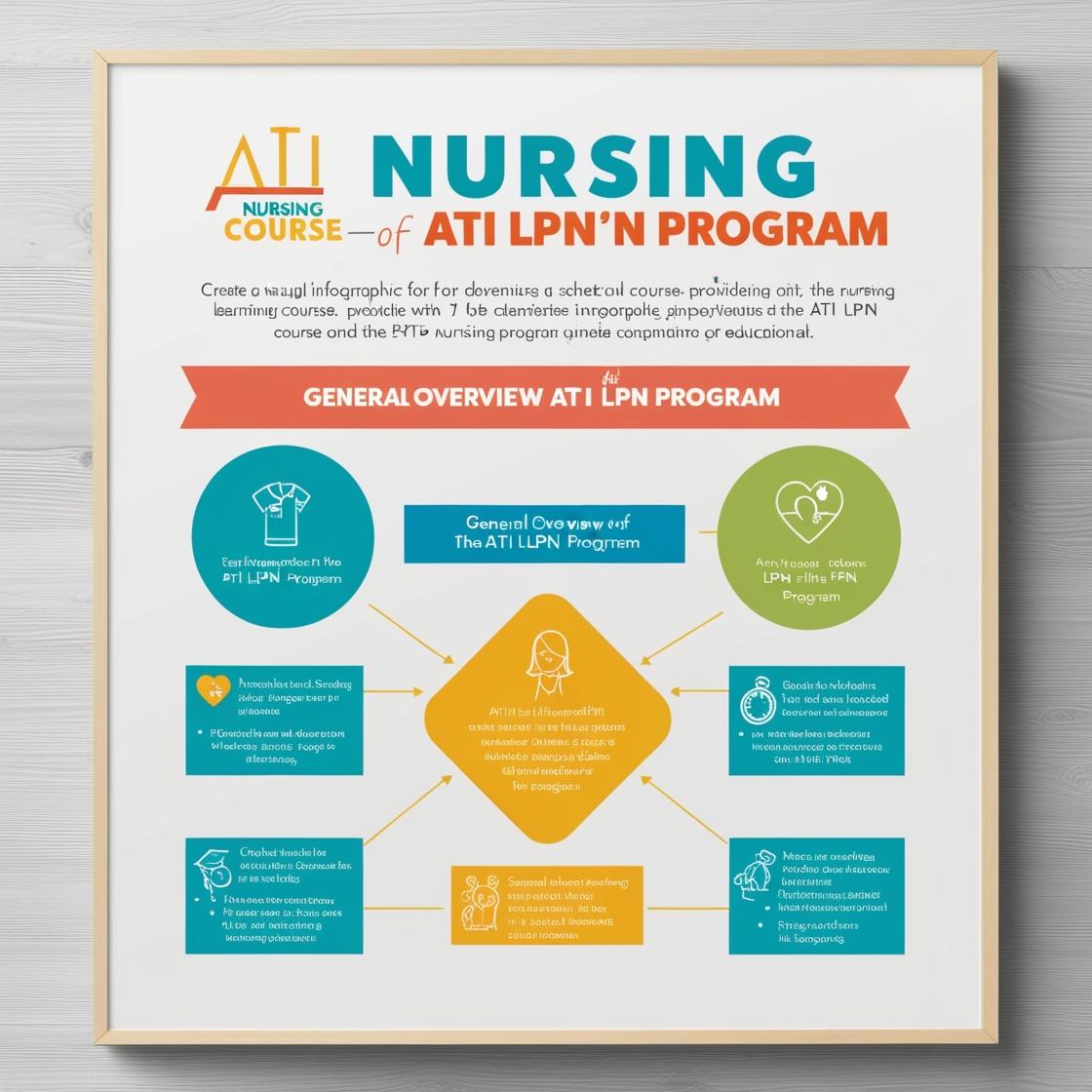LPN LPN
ATI PN Comprehensive Predictor 2020
1. A nurse is reviewing the laboratory results of a client who is undergoing screening for prostate cancer. The nurse should expect an elevation in which of the following laboratory values?
- A. Prostate-specific antigen (PSA)
- B. Human chorionic gonadotropin (hCG)
- C. Alpha-fetoprotein (AFP)
- D. Carcinoembryonic antigen (CEA)
Correct answer: A
Rationale: The correct answer is A: Prostate-specific antigen (PSA). PSA is a marker specifically used for prostate cancer screening. Elevated levels of PSA can indicate prostate cancer or other prostate-related issues, prompting the need for further diagnostic investigations. Choices B, C, and D are not typically associated with prostate cancer screening. Human chorionic gonadotropin (hCG) is related to pregnancy, alpha-fetoprotein (AFP) is associated with liver and germ cell tumors, and carcinoembryonic antigen (CEA) is linked to colorectal cancer.
2. A nurse is reviewing the laboratory results for a client who has Cushing's disease. The nurse should expect the client to have an increase in which of the following laboratory values?
- A. Serum glucose level.
- B. Serum calcium level.
- C. Lymphocyte count.
- D. Serum potassium level.
Correct answer: A
Rationale: The correct answer is A: Serum glucose level. In Cushing's disease, there is an excess production of cortisol, leading to hyperglycemia. This results in an increase in serum glucose levels. Choices B, C, and D are incorrect because Cushing's disease does not directly affect serum calcium levels, lymphocyte count, or serum potassium levels.
3. Which nursing action is a priority when managing a client with a wound infection?
- A. Change the wound dressing every 24 hours
- B. Perform a wound culture before administering antibiotics
- C. Cleanse the wound with alcohol-based solutions
- D. Apply a wet-to-dry dressing to the wound
Correct answer: B
Rationale: Performing a wound culture before administering antibiotics is crucial when managing a client with a wound infection. This step helps identify the specific pathogens causing the infection, allowing for the prescription of the most effective antibiotics. Changing the wound dressing every 24 hours (Choice A) is important for wound care but not the priority when an infection is present. Cleansing the wound with alcohol-based solutions (Choice C) can be too harsh and may delay wound healing. Applying a wet-to-dry dressing (Choice D) is not recommended for infected wounds as it can cause trauma to the wound bed during dressing changes.
4. How should a healthcare professional respond to a patient with hypokalemia?
- A. Administer potassium supplements and monitor ECG
- B. Restrict fluid intake and provide a high-sodium diet
- C. Monitor sodium levels and provide insulin therapy
- D. Provide calcium supplements and monitor for hyperkalemia
Correct answer: A
Rationale: Hypokalemia is managed by administering potassium supplements to correct the low potassium levels in the body. Monitoring the ECG is essential because low potassium levels can lead to cardiac arrhythmias. Choice B is incorrect as restricting fluid intake and providing a high-sodium diet are not appropriate for managing hypokalemia. Choice C is incorrect because hypokalemia involves low potassium levels, not sodium levels, and insulin therapy does not directly address this issue. Choice D is incorrect as calcium supplements are not indicated for hypokalemia, and monitoring for hyperkalemia is not relevant in this case.
5. When caring for a client diagnosed with delirium, what condition should the nurse prioritize investigating?
- A. Investigate medication history
- B. Investigate sensory deficits
- C. Investigate cognitive functioning
- D. Investigate for signs of infection
Correct answer: D
Rationale: The correct answer is to investigate for signs of infection when caring for a client diagnosed with delirium. Infections can frequently cause or worsen delirium. While investigating medication history, sensory deficits, and cognitive functioning may be important in the overall care of the client, when prioritizing, the nurse should first rule out or address potential infections due to their significant impact on delirium.
Similar Questions

Access More Features
ATI LPN Basic
$69.99/ 30 days
- 50,000 Questions with answers
- All ATI courses Coverage
- 30 days access @ $69.99
ATI LPN Premium
$149.99/ 90 days
- 50,000 Questions with answers
- All ATI courses Coverage
- 30 days access @ $149.99
